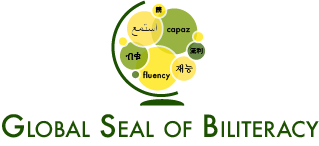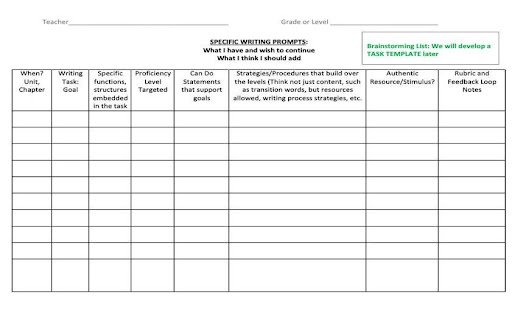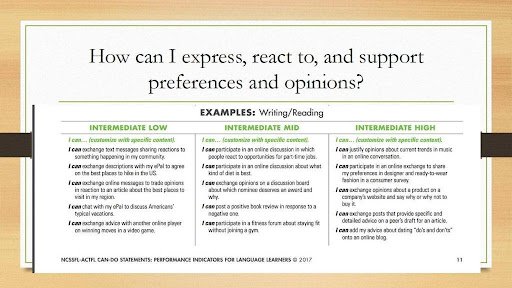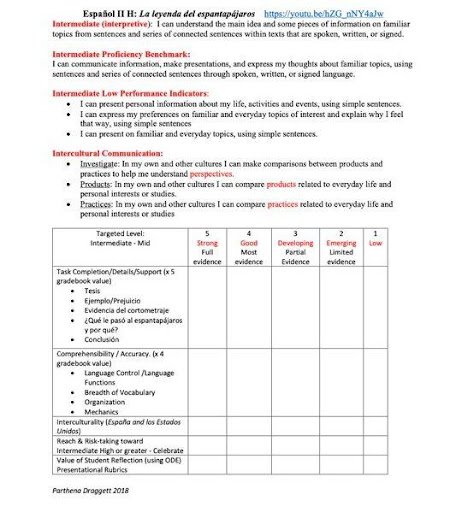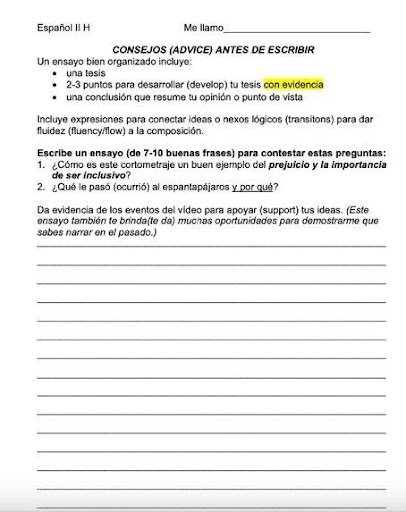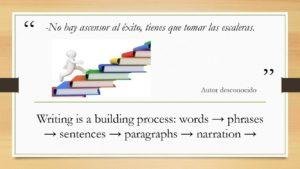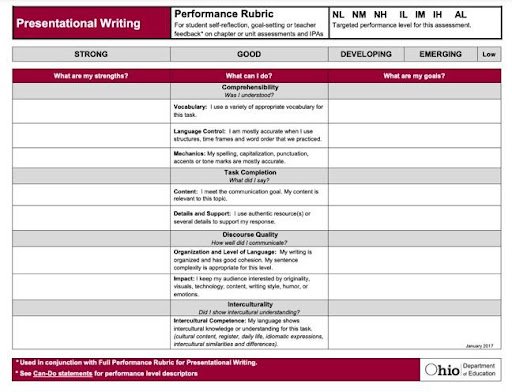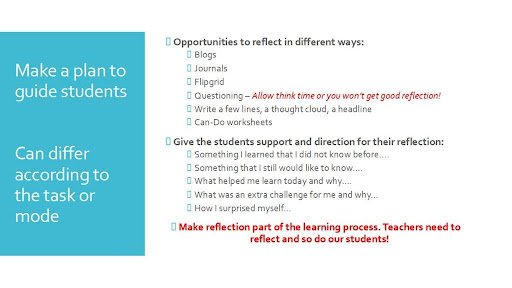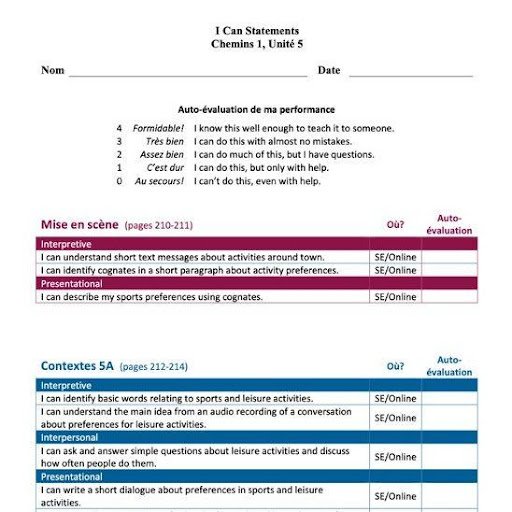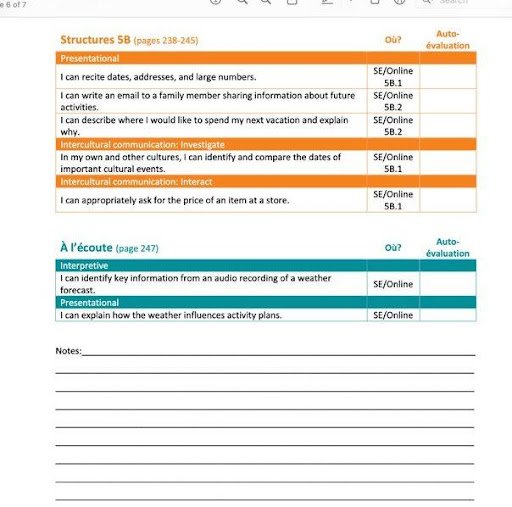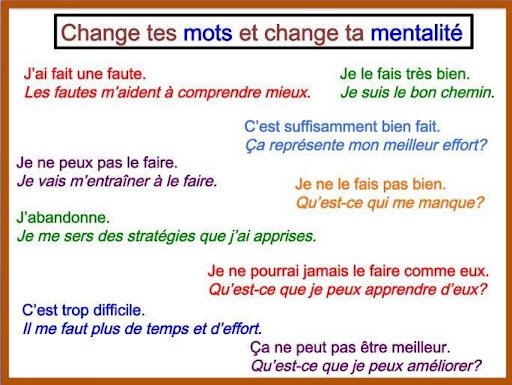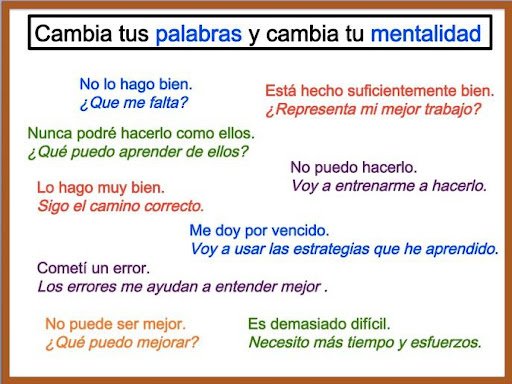Navigating the multilingual world: A roadmap for language learners
Wioleta Antecka
European Operations Coordinator, Avant Assessment
As educators prepare students for their future careers, bilingualism is a powerful advantage. Its cognitive and cultural benefits are well known, but its professional value is greater than ever. Employers seek candidates who can navigate multilingual environments, making language skills essential. By helping students prove their proficiency with tangible evidence, educators can give them a critical edge in an increasingly competitive job market.
Navigating the multilingual world: A roadmap for language learners
The Global Seal of Biliteracy, an internationally recognized certification, has become a powerful tool for European teachers seeking to inspire language learners and recognize their progress. It offers students a tangible reward for their language proficiency while providing clear learning benchmarks.
This blog will share how language teachers in Europe have embraced this tool not only for its certification value but also for the motivational boost it brings to students. It encourages students to establish clear and attainable language learning objectives, driving them to achieve greater linguistic fluency. Much like a map guiding explorers through uncharted territories, the Global Seal of Biliteracy helps students chart their language learning journey with purpose, pointing them toward milestones of achievement and opening doors to new opportunities along the way.
Make language learning more impactful and measurable - Insights from the Erasmus Days 2024 webinar
During the 2024 Erasmus Days webinar hosted by Avant Assessment,"Elevating Language Skills through Formative Assessment and STAMP Testing," we discovered how European educators are leveraging formative assessment and proficiency testing to help students take charge of their progress. Four teachers shared how these tools transform motivation, personalize learning, and prepare students for real-world communication. Their experiences offer practical insights for any educator looking to enhance language instruction with data-driven, student-centered strategies.
How can the Global Seal of Biliteracy inspire language learners?
Jelena Kovačević, an English teacher from Ekonomska Škola Požega in Croatia, explained that the Global Seal of Biliteracy “can open doors to international opportunities in education and career development.” This language credential is stackable, creating gamification to motivate students by offering trackable checkpoints for their language learning progress.
Teachers across Europe have echoed these benefits, emphasizing how the certification provides both clarity and motivation for language learners. Nazmiye Türkyılmaz, an English teacher at Yol-İş Sendikası Ortaokulu in Türkiye, highlights the impact of this recognition on student engagement: "When the students see their success, their motivation increases." By offering well-defined progress markers, it helps students stay focused on their goals while giving educators a reliable tool to monitor growth. Just like a map indicates destinations, The Global Seal encourages students to reach a measurable level of proficiency.
Mapping success with the Global Seal of Biliteracy
As language teachers, we can all agree that celebrating progress, no matter how small, is a powerful tool in fostering a love for learning. Whether it is mastering a tricky grammar rule, holding a short conversation in a new language, or earning a certificate like the Global Seal of Biliteracy, these moments of achievement fuel students' confidence and drive to reach higher goals. Just as a traveler with a map is prepared for their journey, a student with the Global Seal is ready to navigate a multilingual world, equipped with the credentials to prove their proficiency.
Turning language testing into a tool for growth and motivation
Taking an engaging language proficiency test that provides meaningful student-friendly score reporting is a powerful motivator because it provides actionable feedback by aligning with internationally recognized standards like the CEFR, giving students a concrete understanding of their current language level. The Avant STAMP test, one of several tests which qualify for the Global Seal of Biliteracy, offers a comprehensive assessment of a student's language proficiency across the four core skills: reading, writing, listening, and speaking.
Imma Aguilar, an English teacher from Institut Rocagrossa in Spain, shared: "The detailed <STAMP> reports help me align my teaching strategies and set personalized goals for each student, especially fast finishers." This level of insight is invaluable for educators as it allows them to tailor instruction, address specific student needs, and track progress more effectively.
Sanziana Nesiu from Colegiul Național Iosif Vulcan in Oradea, Romania, emphasized the practical benefits of the feedback provided by the test: "Getting the results and AVANT feedback, I could notice the (+) and (-) of my students, their linguistic abilities, and their achievement." By identifying both strengths and areas for improvement, teachers can guide targeted skill development, ensuring that students receive the support they need to advance in their language learning journey.
Formative tests as a roadmap for success: 3 key benefits
Using our roadmap metaphor, formative assessments act as a guide for students, providing regular checkpoints that highlight both their progress and areas needing improvement.
1. Identifying skill gaps and steps to improvement
Formative assessments provide crucial insights into where students might be struggling, giving them a clear path forward. This allows teachers to easily identify and immediately address skill gaps, providing personalized support that speeds up student progress. Jelena emphasized that this can help students "become more aware of the steps needed to reach a higher level of fluency."
2. Real-world language application
The beauty of formative assessments lies in their ability to connect learning to real-life contexts. As Jelena observed, tools like the Avant STAMP test integrating real-world scenarios "help students gauge how well they can apply their language skills, not just in academic settings but in everyday situations." The inclusion of authentic settings not only assesses practical language application but also connects students’ learning to familiar contexts—a concept we as teachers have always emphasized.
3. Empowering student autonomy
Ongoing feedback encourages students to reflect on their progress and take charge of their learning. As Nazmiye thoughtfully remarked, "it offers ongoing feedback that helps students reflect on their progress and take ownership of their learning journey."
The Avant STAMP test provided teachers with detailed, unbiased feedback, helping students track progress and set goals. Imma added: “It gives you suggestions to power up and provides insights into language proficiency,” making it a roadmap for academic and career success.
Ready to see your students thrive? Start guiding their growth with formative assessment!
Imagine giving your students more than just a score—give them a roadmap for success! A proficiency-based test with meaningful feedback empowers students to track their progress, set realistic goals, and hone the skills they need to succeed. With this guidance, students can take ownership of their learning, setting themselves up for both academic and career success. There are many tests that qualify for the Global Seal of Biliteracy, but these teachers especially liked the features offered by the Avant Assessment’s STAMP for CEFR test. The test is completely online, provides visual score reports with actionable feedback in less than two weeks, and can be given to students at any proficiency level because it is computer adaptive.
Celebrate your students’ success with the Global Seal of Biliteracy
The journey of these students has been nothing short of inspiring. Each one embraced the challenge of demonstrating their language skills, gaining valuable insights and growth along the way. While all who participated took meaningful steps toward bilingual proficiency, nine exceptional students—ages 12 to 15—achieved the Global Seal of Biliteracy, an international certification recognizing their dedication and achievement. Their success not only celebrates their hard work but also highlights the powerful role of formative assessment in proficiency-based learning and the importance of finding tools that support teachers as they personalize learning and coach students toward a successful future.
